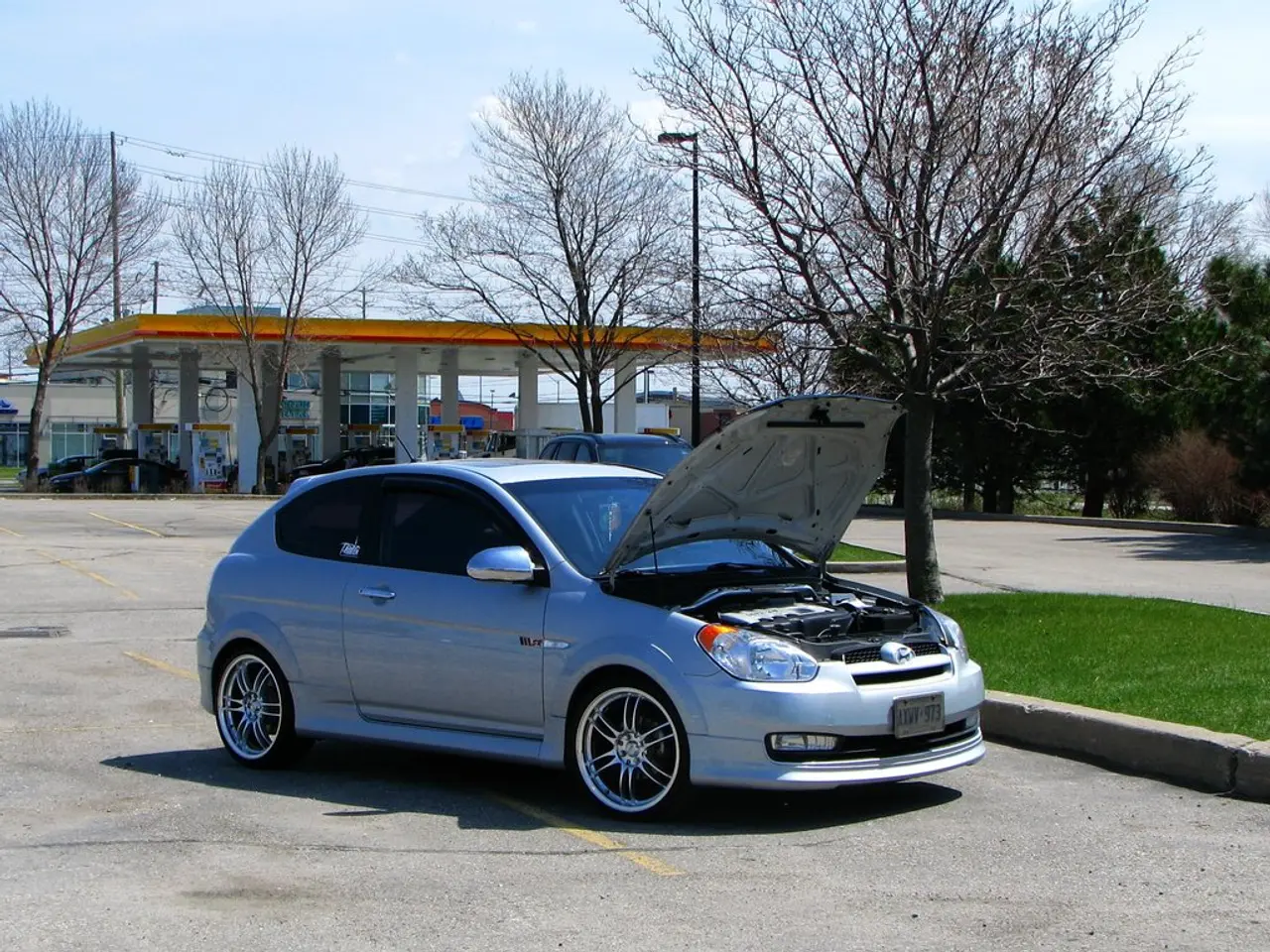Understanding fuel expenses: a breakdown of petrol prices
In Australia, the price of petrol in different suburbs is influenced by a variety of factors, creating price differences across the country.
Global Oil Prices and Exchange Rates
Changes in international oil markets and currency fluctuations directly affect the wholesale cost of petrol. This global influence sets a baseline for petrol prices across Australia.
Refining and Distribution Costs
Variations in refinery operations and the logistics of transporting fuel to different locations can lead to price differences between suburbs.
Local Competition
The number of fuel retailers and competitive pricing strategies within a suburb impact the retail price of petrol. Areas that are less populated may have less competition, allowing them to adjust costs accordingly.
Commute Distance and Traffic Congestion
Longer commutes from outer suburbs often increase overall petrol consumption costs for residents, reflecting in higher lifetime petrol expenditure even if the per-litre price is similar.
Cultural Factors and Vehicle Use
The strong Australian cultural preference for car ownership and reliance on private vehicles contribute to demand patterns influencing local petrol prices and consumption.
Use of Fuel Price Tracking Apps
Some suburbs may experience price variability noticed by consumers who use apps to find cheaper fuel, indicating that pricing can be locally dynamic and competitive.
The International Cost of Refined Petrol
The international cost of refined petrol accounts for 41% of the price at the pump.
Australian Government's Fuel Excise
The Australian Government levies a fuel excise on petrol and diesel, representing up to a quarter of the retail price for fuel. This funding is reinvested in transport infrastructure projects.
Fuel Price Cycle
The fuel cycle typically corresponds to public and school holidays due to increased demand for travel. The fuel cycle can vary between suburbs, with prices in Melbourne sometimes differing by up to four cents per litre.
Regional Areas
Regional areas may have prices that differ due to 'lower stock turnover' than city sites and higher costs for the transportation and storage of fuel to outer communities.
Monitoring and Regulation
The Australian Competition and Consumer Commission (ACCC) monitors fuel prices to ensure retailers are operating in a fair manner.
Price Saving Strategies
You can save money on fuel by timing purchases to take advantage of price cycle movements, bookmarking the Fuel Tracker page on the RACV website, servicing your car regularly, ensuring your tyres are properly inflated, checking the price cycle before public holidays, and using discount cards like the 3% discount on fuel at participating EG Ampol co-branded fuel outlets.
Global Events and Oil Market Dynamics
Global events in regions where oil is exported can affect prices due to pressure on supply and demand with external sanctions, and disasters, both man-made and natural.
COVID-19 Impact
Less oil usage, such as during lockdowns in the COVID-19 pandemic, can lead to less need in the oil market.
In summary, while global factors set a baseline, local economic conditions, infrastructure, demand, and competition create price differences at the suburb level across Australia. Prices can differ between cities and regional areas, with variations up to 3.3%. Australia has the fourth-lowest average retail petrol price among the OECD group of advanced economies.
- Data-and-cloud-computing solutions could be employed to analyze the factors influencing petrol prices in different suburbs, potentially improving understanding and helping consumers make informed decisions about their fuel expenditure.
- The personal-finance impact of petrol prices extends beyond the pump, influencing lifestyle choices such as home-and-garden expenditure, shopping habits, and even travel plans, given the correlation between cost and vehicle use in Australia.
- Technology advancements in vehicles, like electric and hybrid cars, could change the landscape of petrol consumption and prices, particularly as governments invest in renewable energy and electric vehicle infrastructures.
- In the era of digital nomads and remote work, advancements in travel technology and the shared economy (such as car-sharing services) may alter the demand patterns for petrol and subsequently influence prices, offering an opportunity for further research and exploration.





